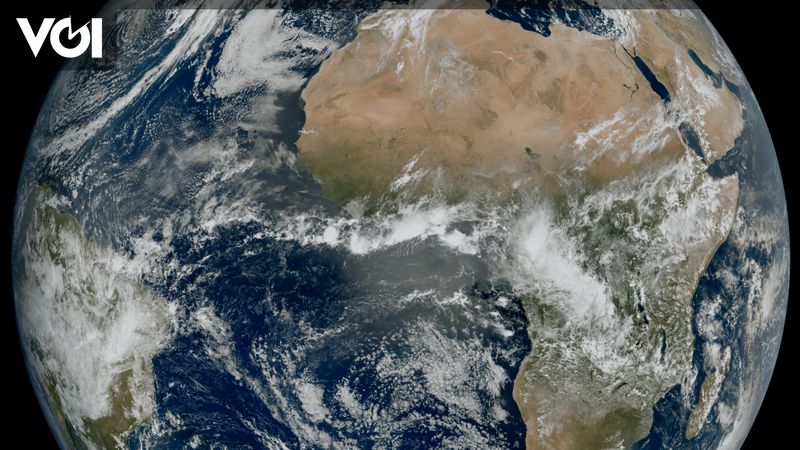JAKARTA – The European Space Agency’s (ESA) newest weather satellite, the Meteosat Third Generation Imager-1 (MTG-I1), has just sent its first view of Earth.
The image reveals conditions in Europe, Africa and the Atlantic in incredible detail. Launched on the Ariane 5 rocket on December 13, 2022, MTG-I1 is the first of a new generation of satellites that will revolutionize weather forecasting in Europe.
This image, captured by the Flexible Combined Imager satellite on March 18, 2023, shows much of Northern and Western Europe and Scandinavia shrouded in cloud, with relatively clear skies over Italy and the Western Balkans.
“This image is a great example of what European cooperation in space can achieve. The level of detail revealed by the MTG-I1 images, which could not be achieved in Europe and Africa from geostationary orbit until now, will give us a better understanding about our planet and the weather systems that form it,” said ESA Earth Observation Program Director, Simonetta Cheli in an official statement, quoted Monday, May 8.
“This image represents not only what can be achieved through European expertise but also our determination to ensure the benefits of new technologies are felt by people in Europe and beyond,” he added.
Instruments aboard the MTG-I1 satellite produce much higher resolution, and more frequent, images than those of the Second Generation Meteosat satellite.
Details such as cloud swirls in the Canary Islands, snow cover in the Alps and sediment in the water along the coast of Italy are visible in the image.
However, those details are not clearly visible in the images from the instruments on the current second-generation spacecraft.
Furthermore, the new image also reveals a greater level of detail of cloud structures at high latitudes.
This will enable weather forecasters to more accurately monitor the evolution of rapidly developing severe weather in the region.
The MTG-I1 is currently undergoing a 12-month commissioning phase, during which its instruments, the Flexible Combined Imager and Lightning Imager will be activated and the resulting data calibrated.
Data from the satellite will then be disseminated to meteorological services in Europe and beyond in late 2023, for operational use in weather forecasting.
The ground segment infrastructure needed to process the images is routinely used to generate those first images, as a preview of what’s to come this year. An image of the Earth’s disk will be generated every 10 minutes when the system is fully operational.
Tags: 31f mission to the space moon
2023-05-08 15:30:00
#ESAs #Newly #Launched #Weather #Satellite #Reveals #Detailed #Images #Earth

